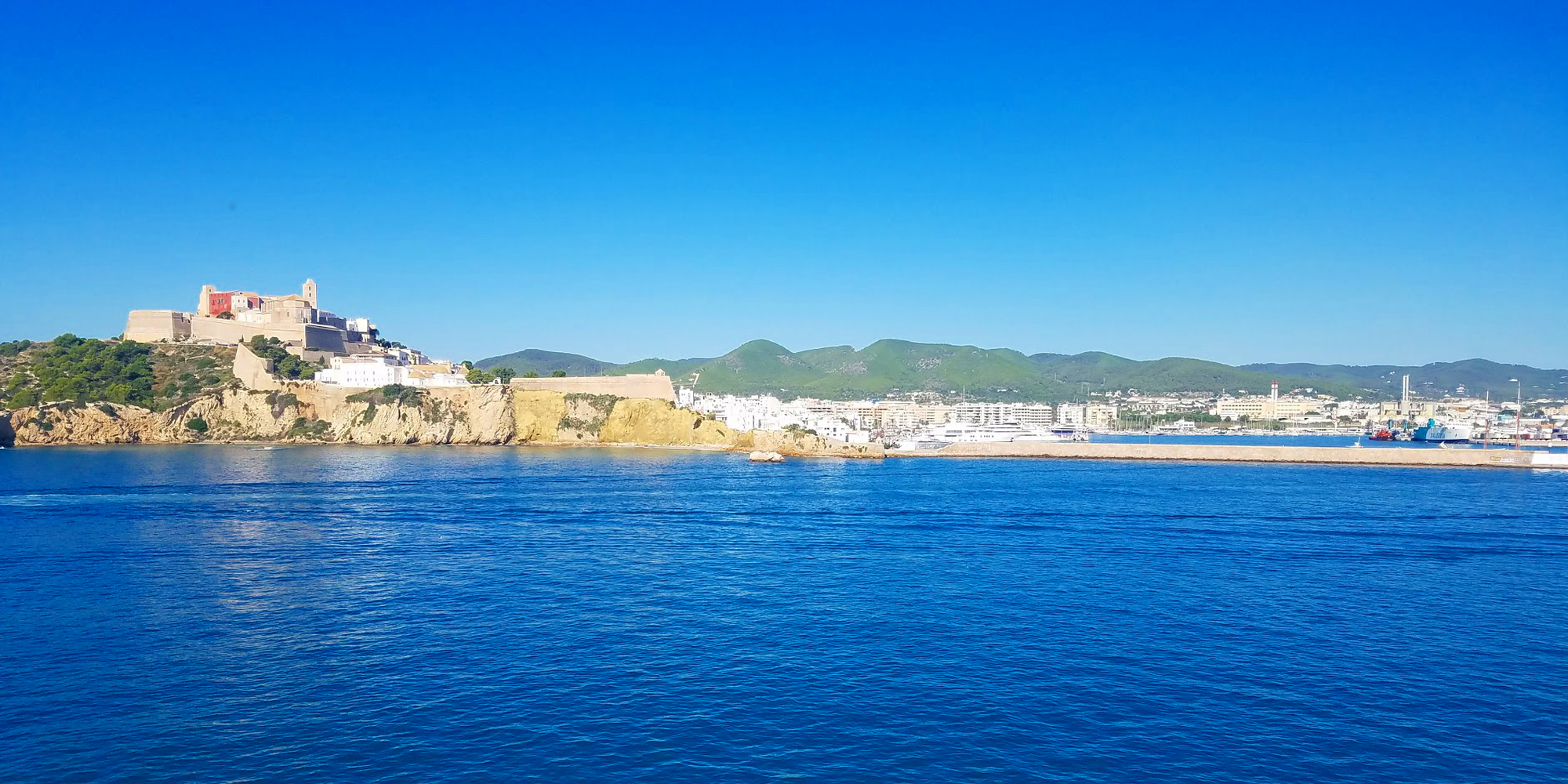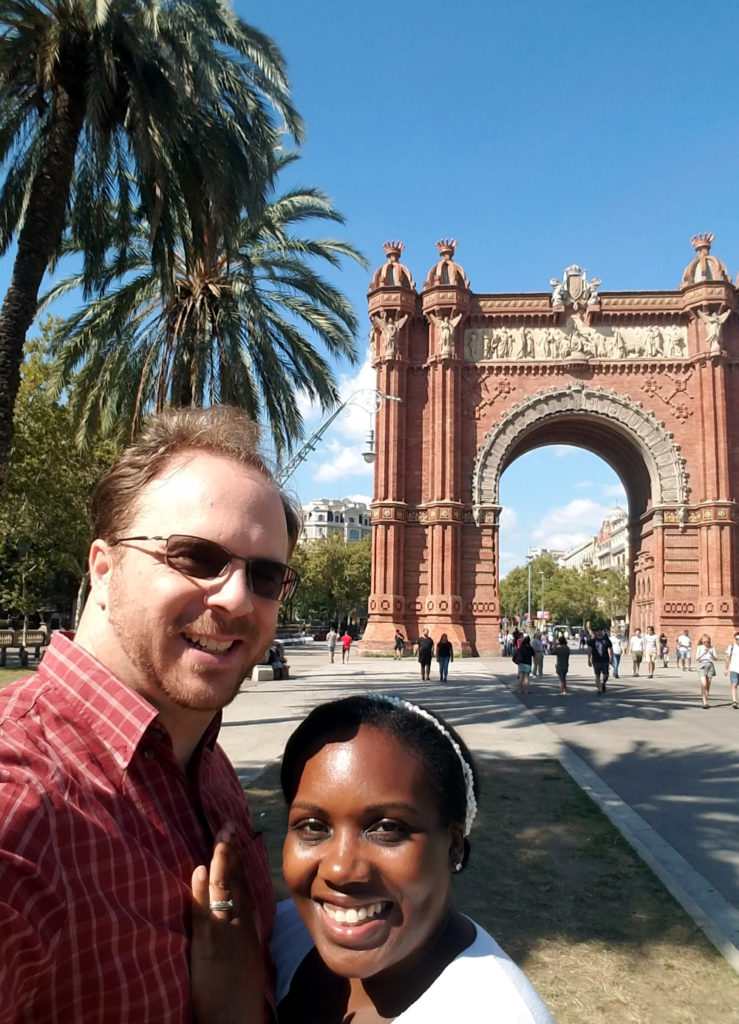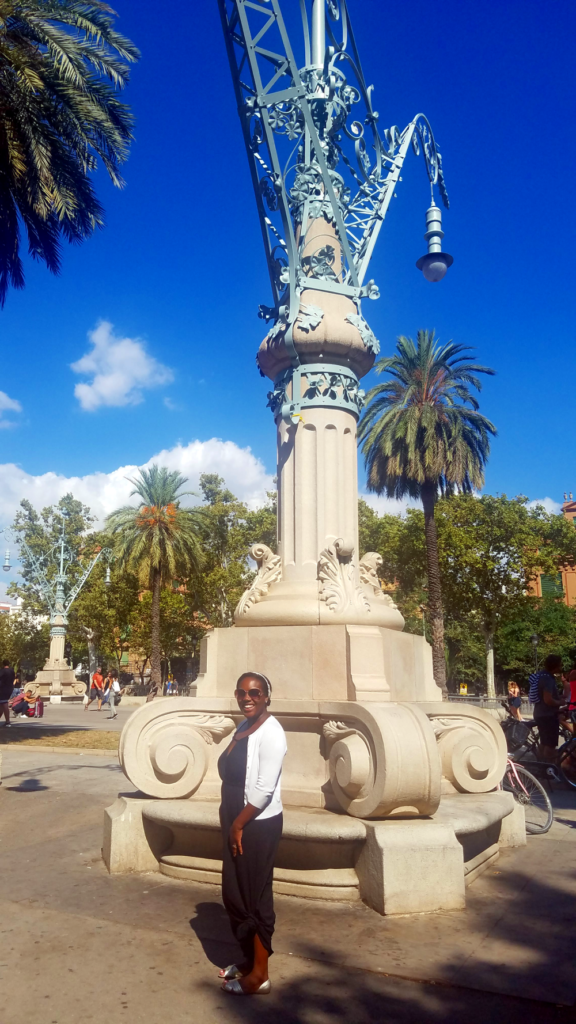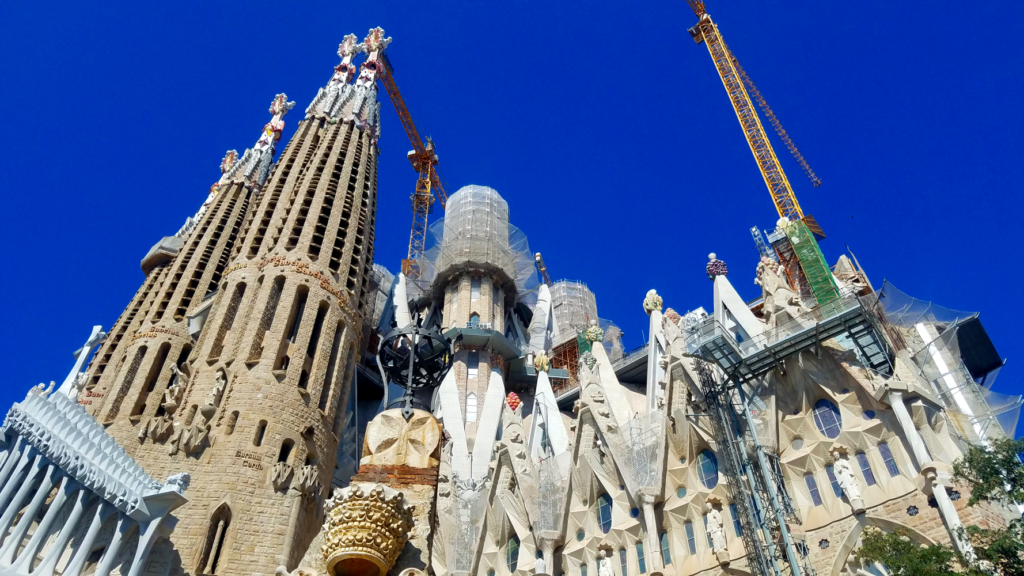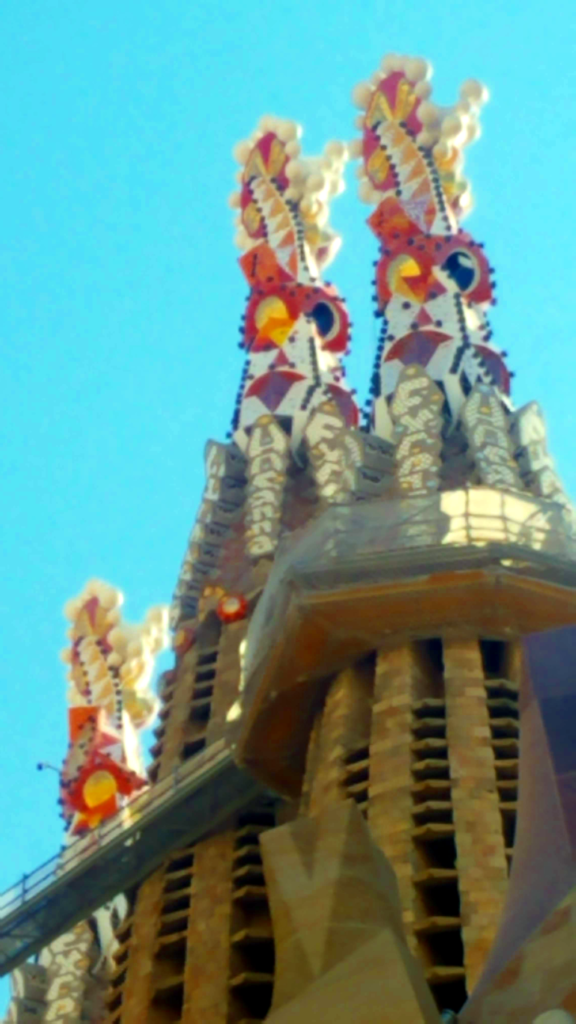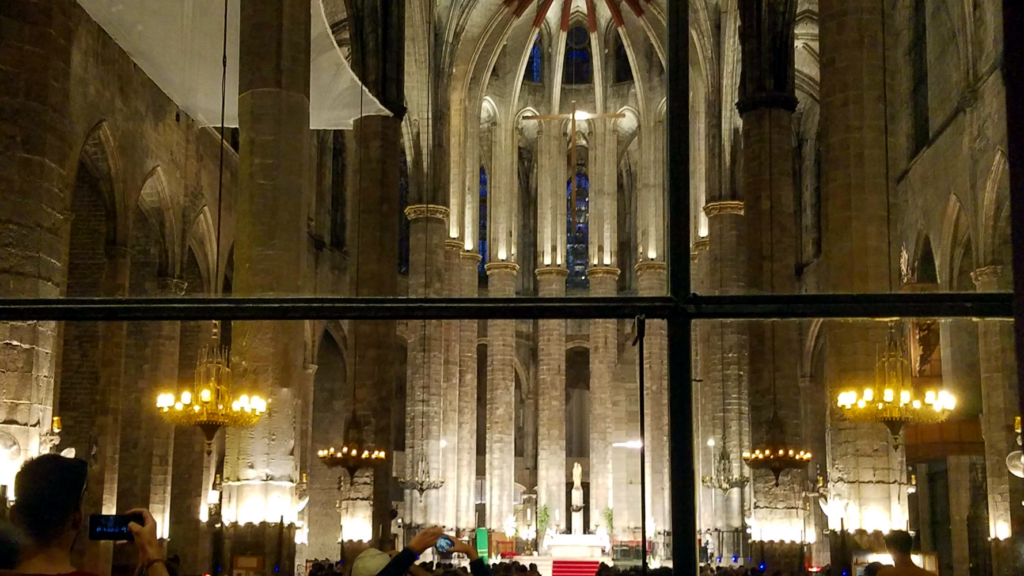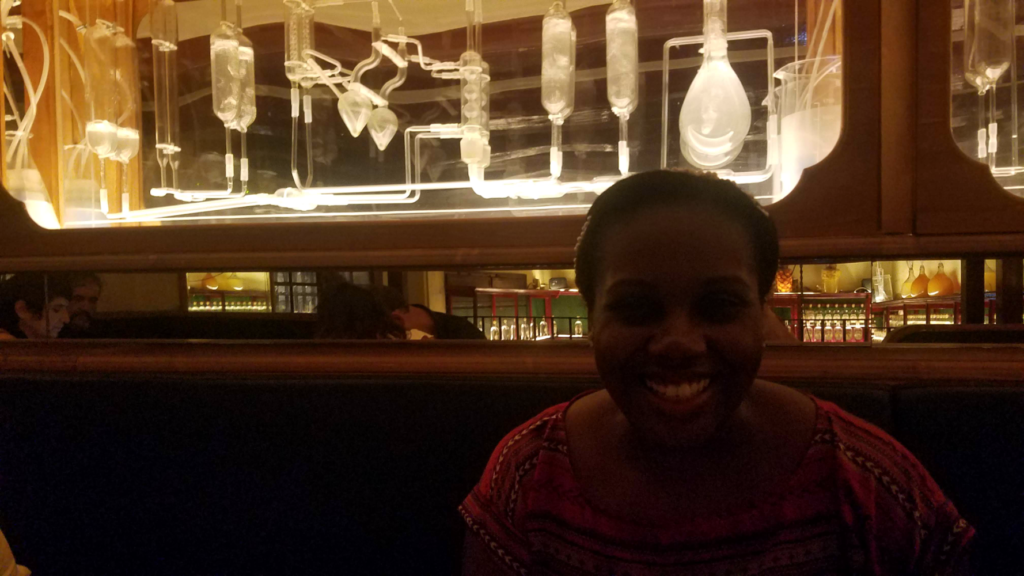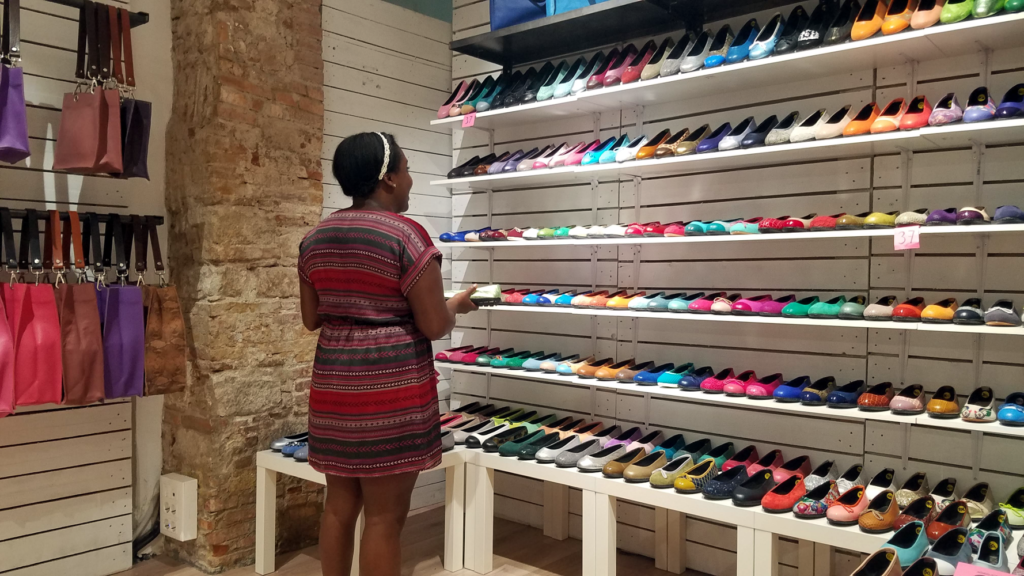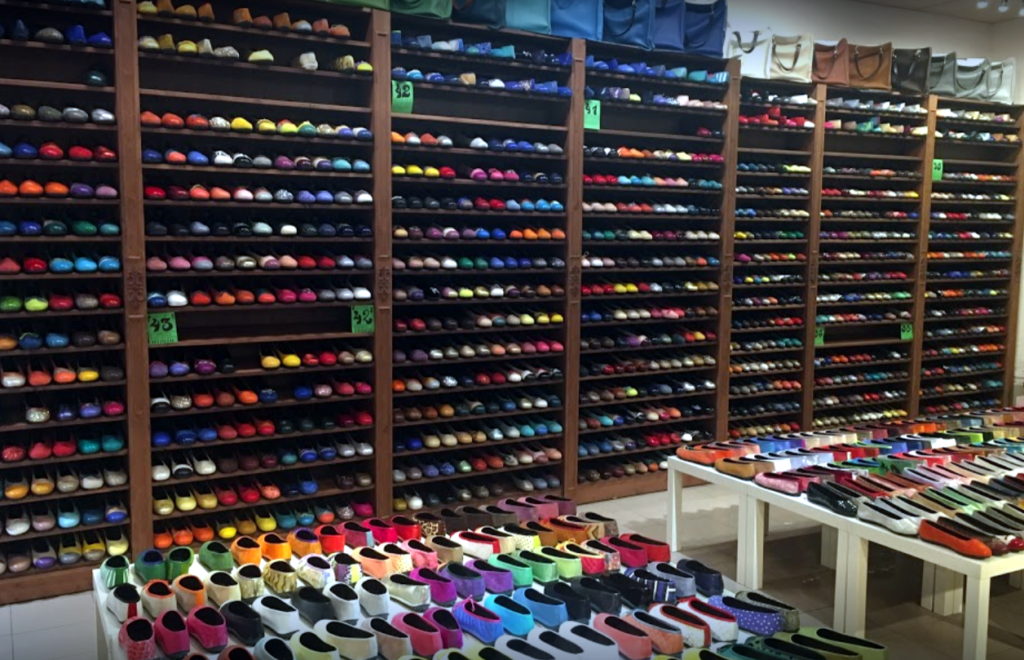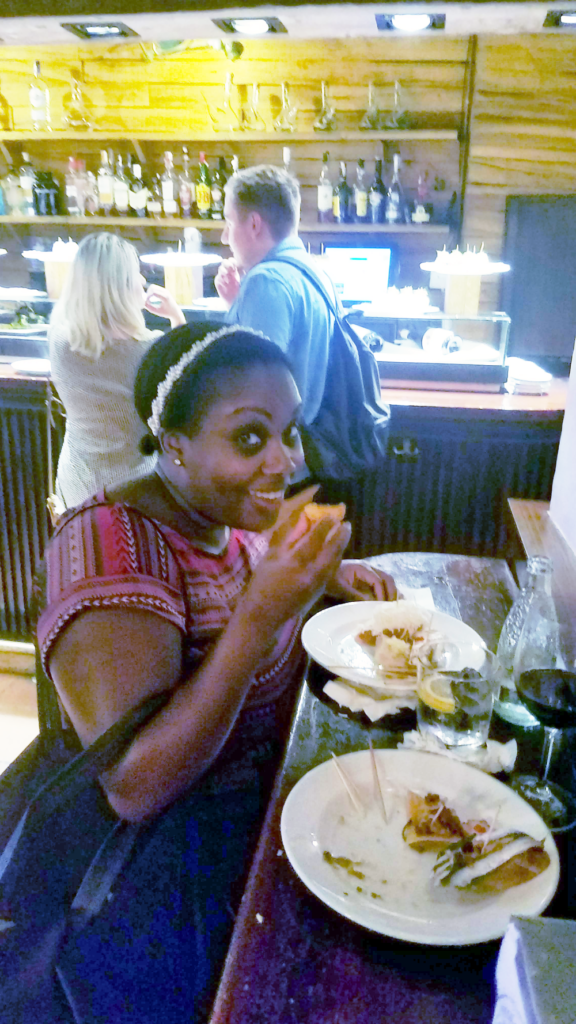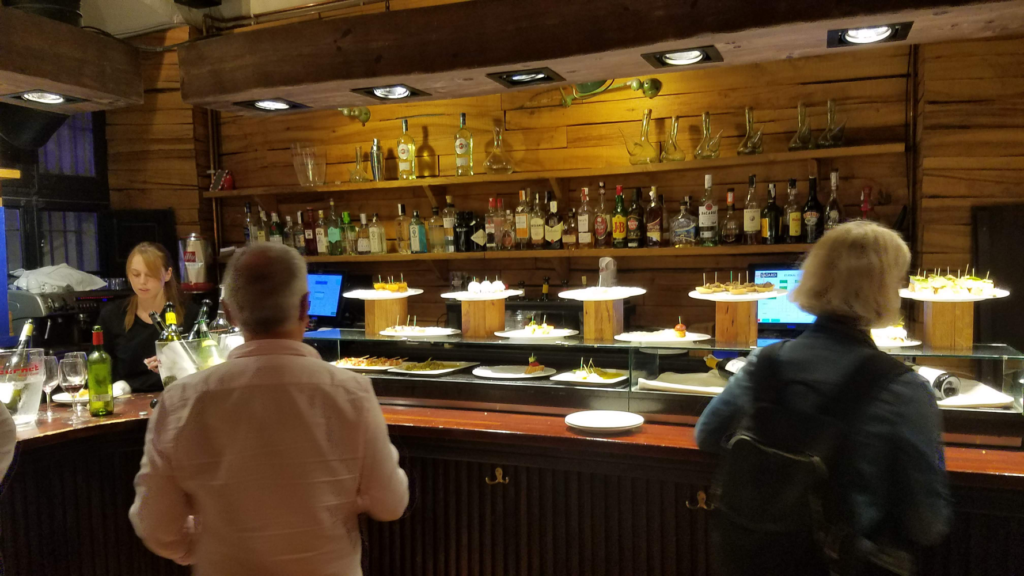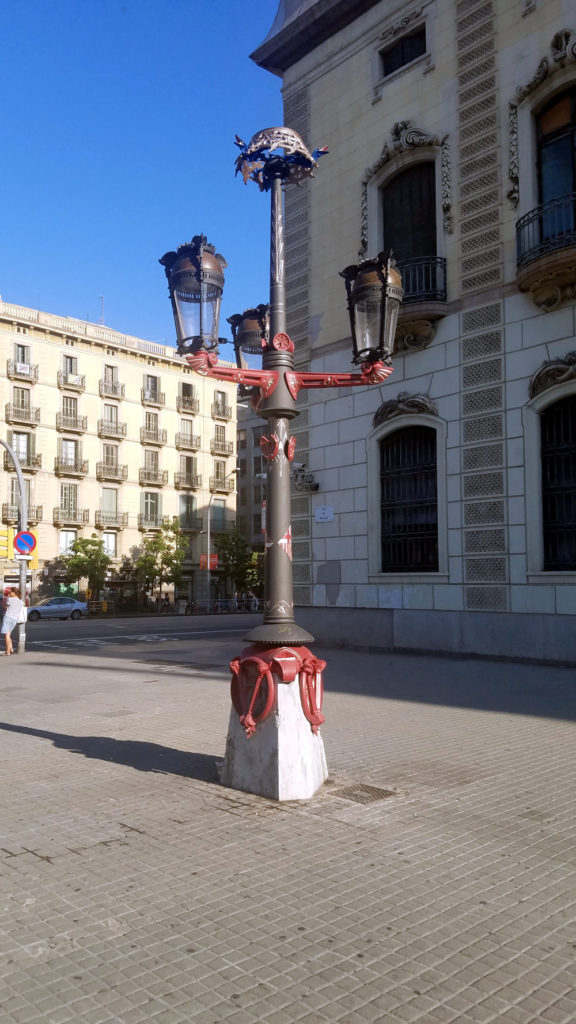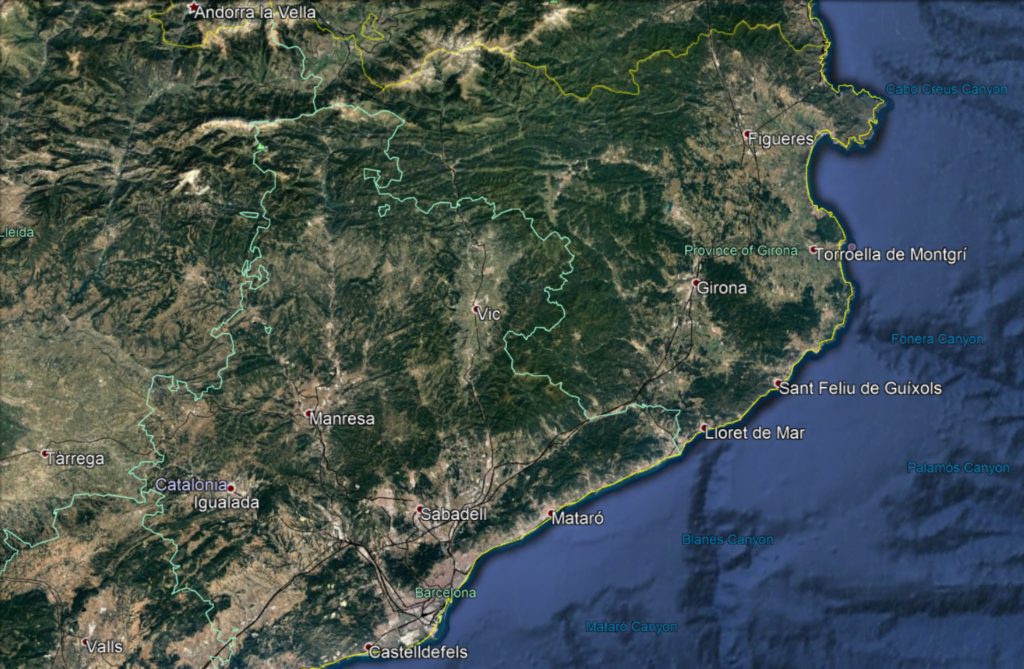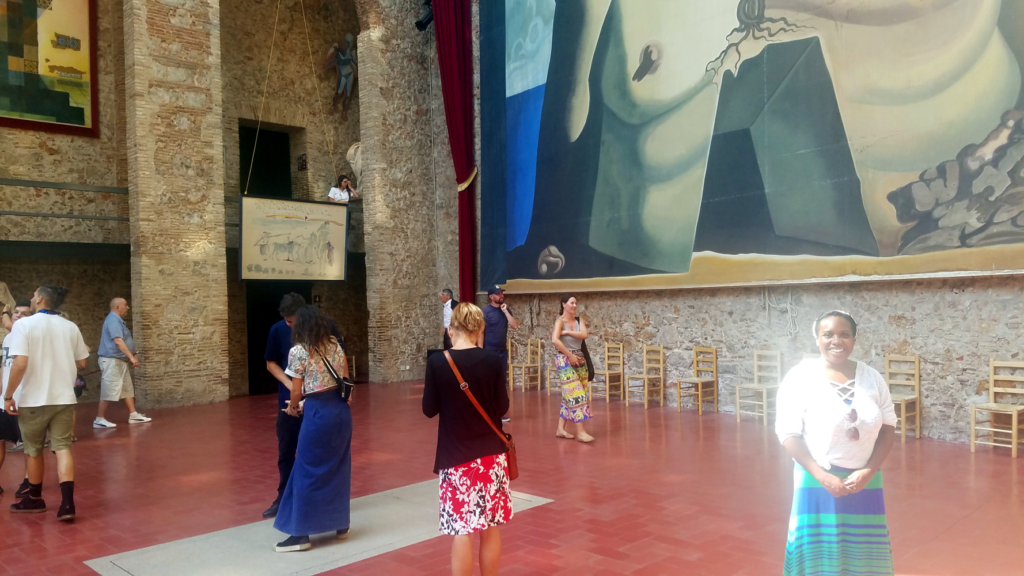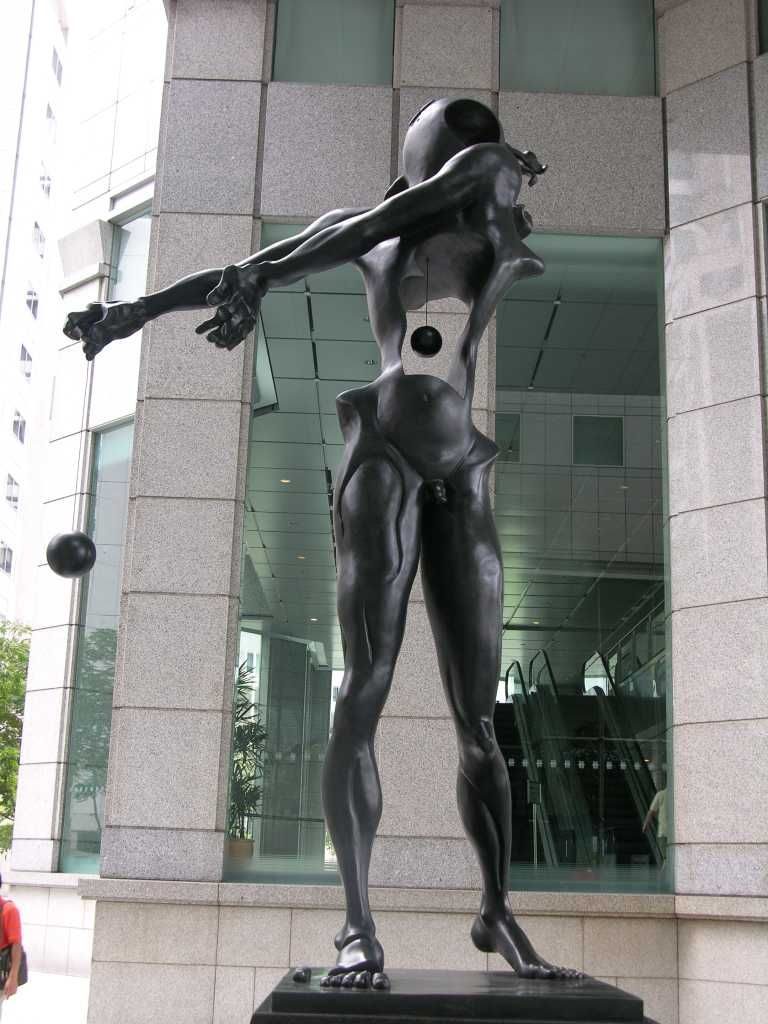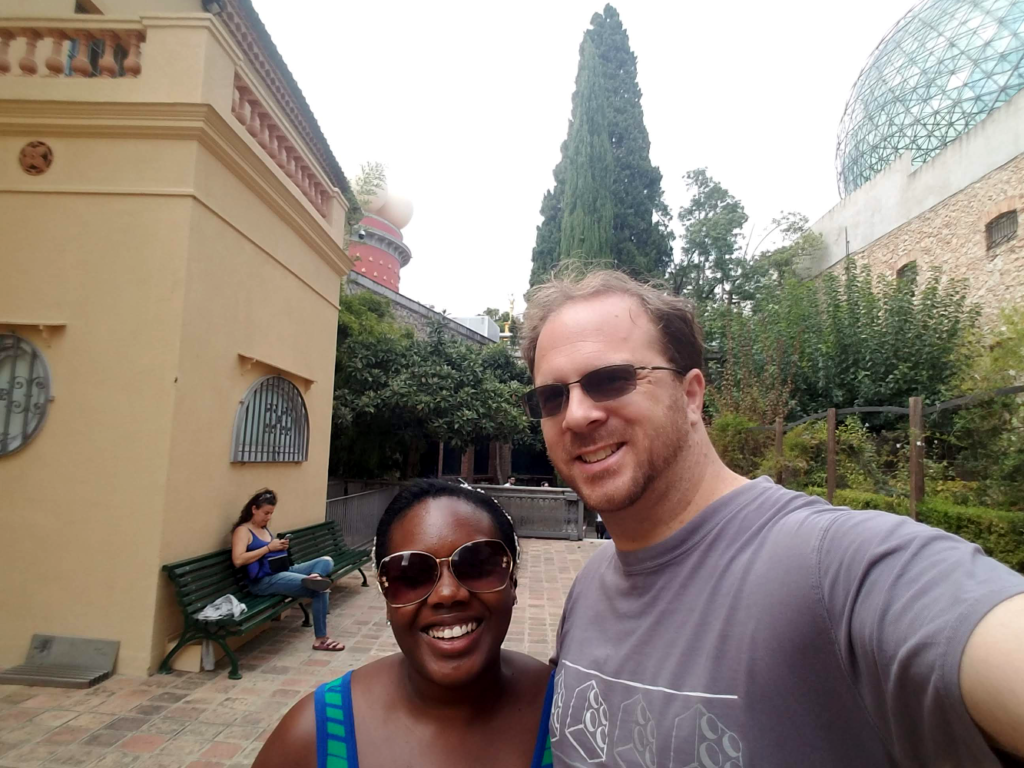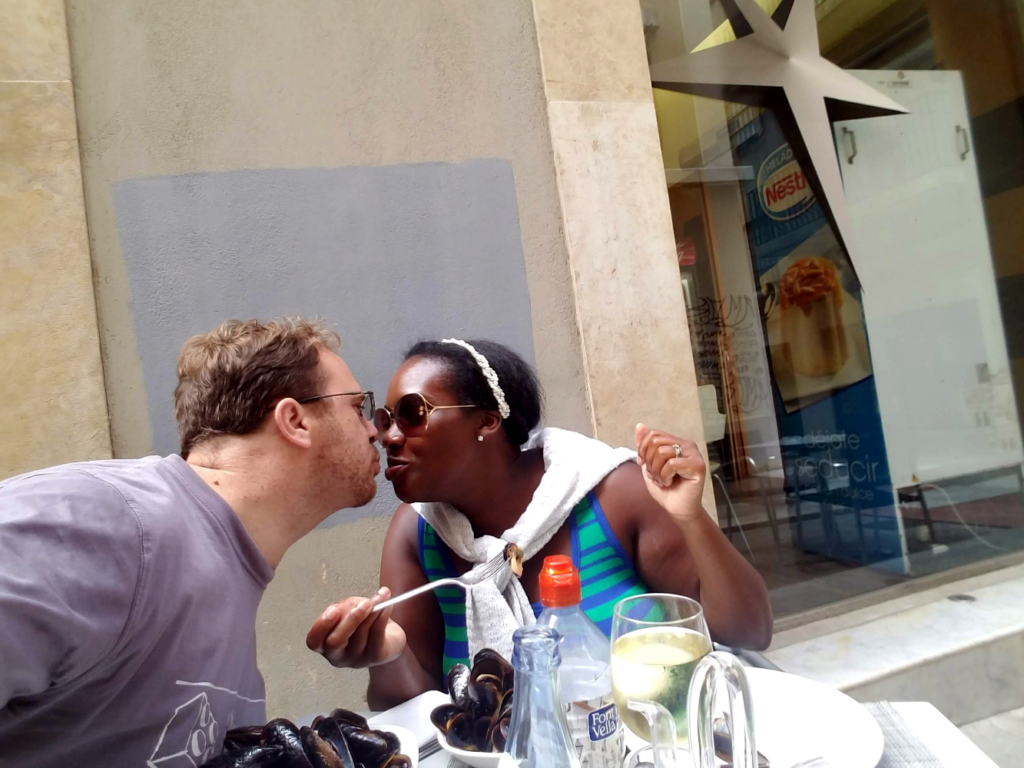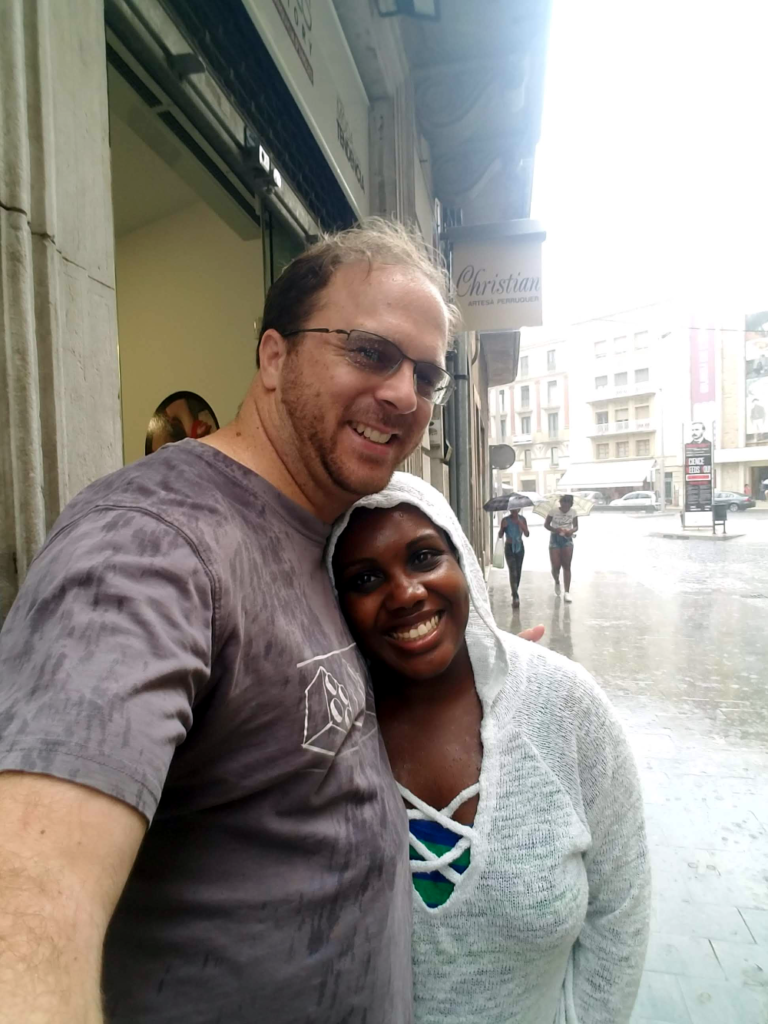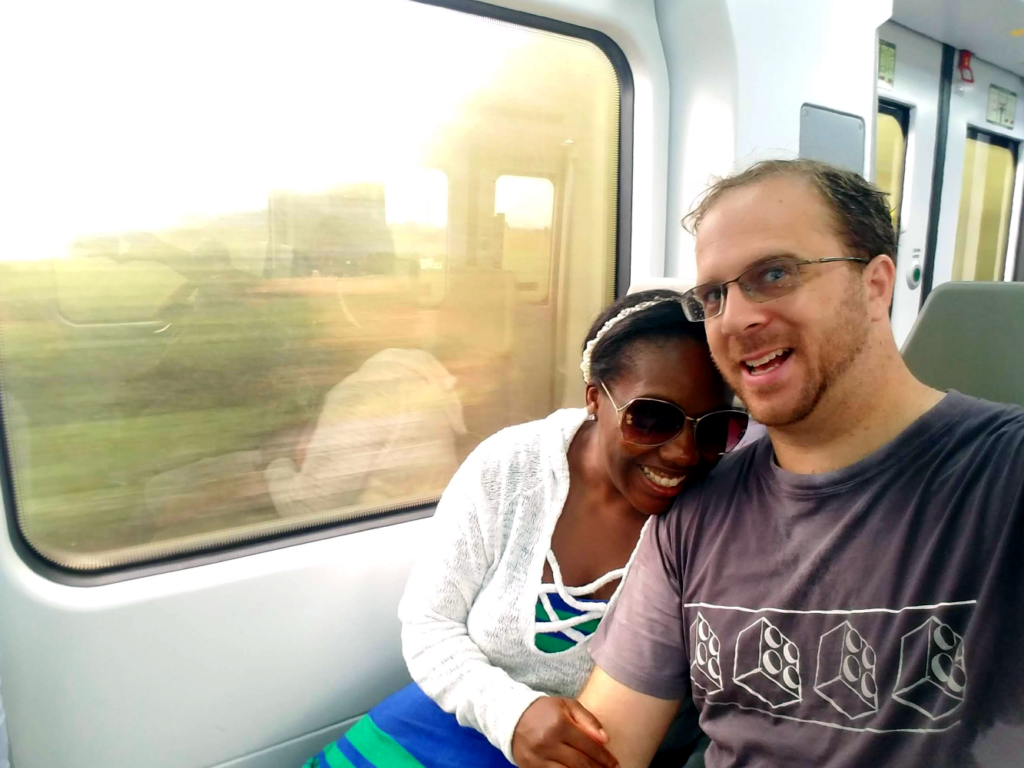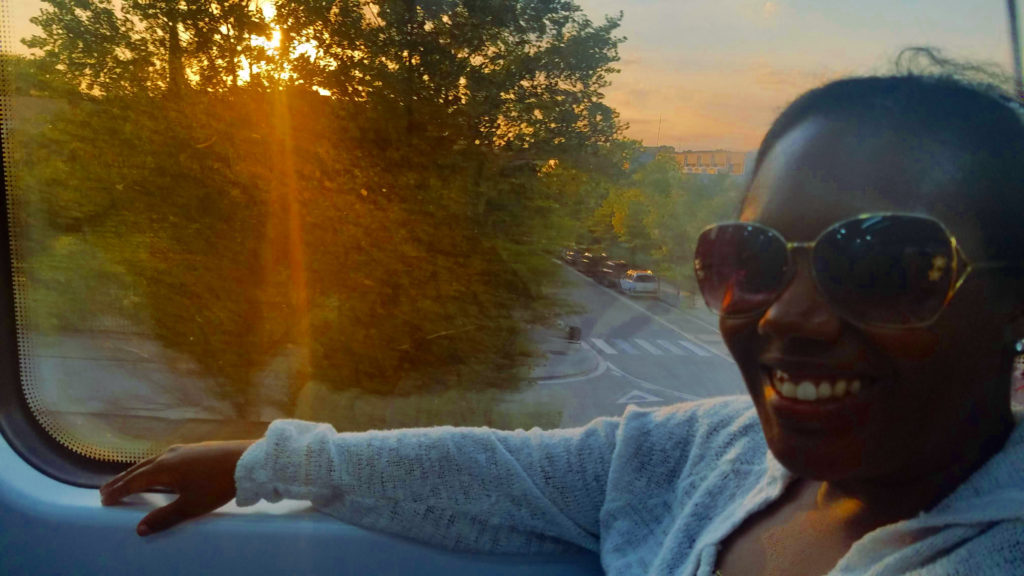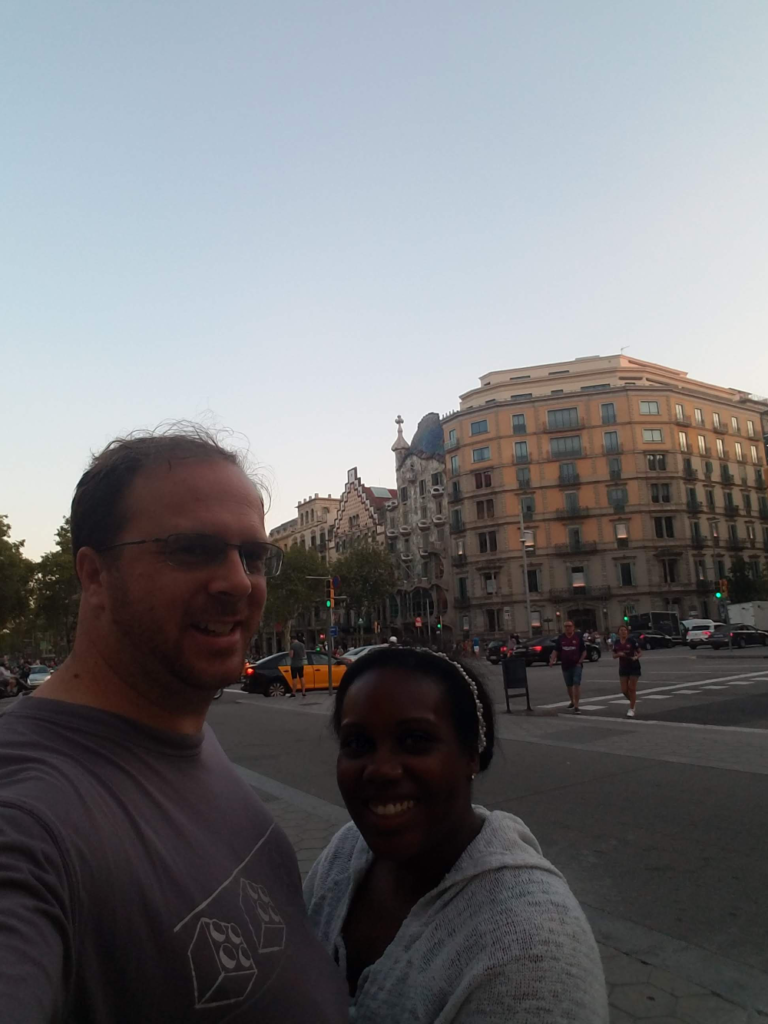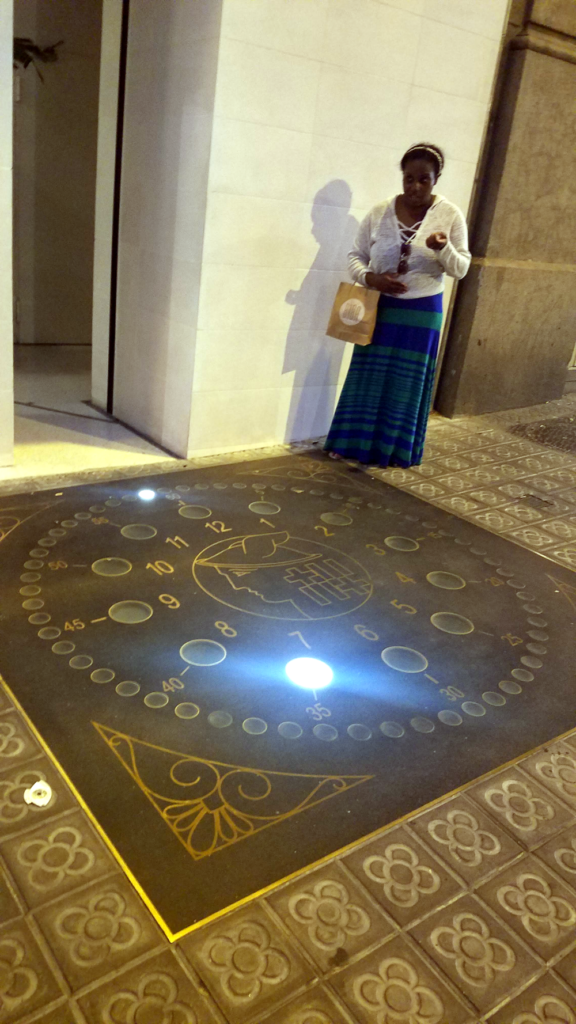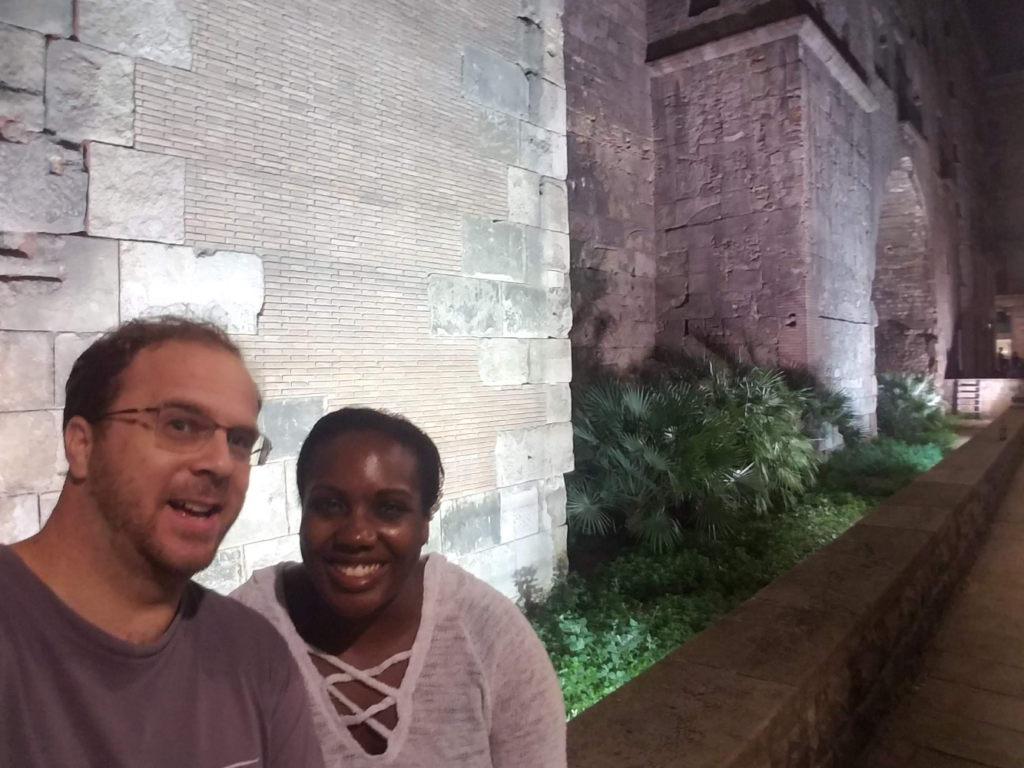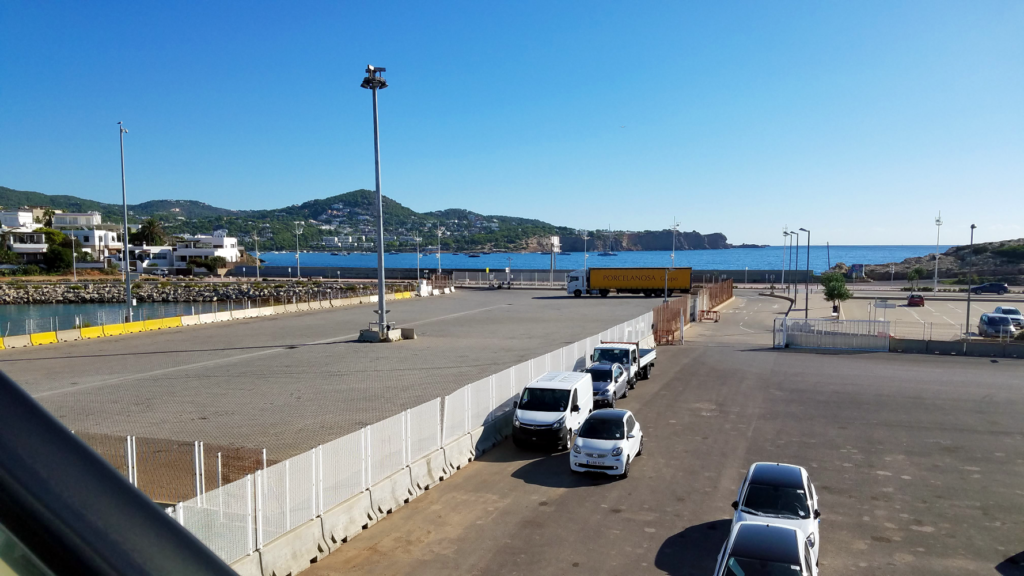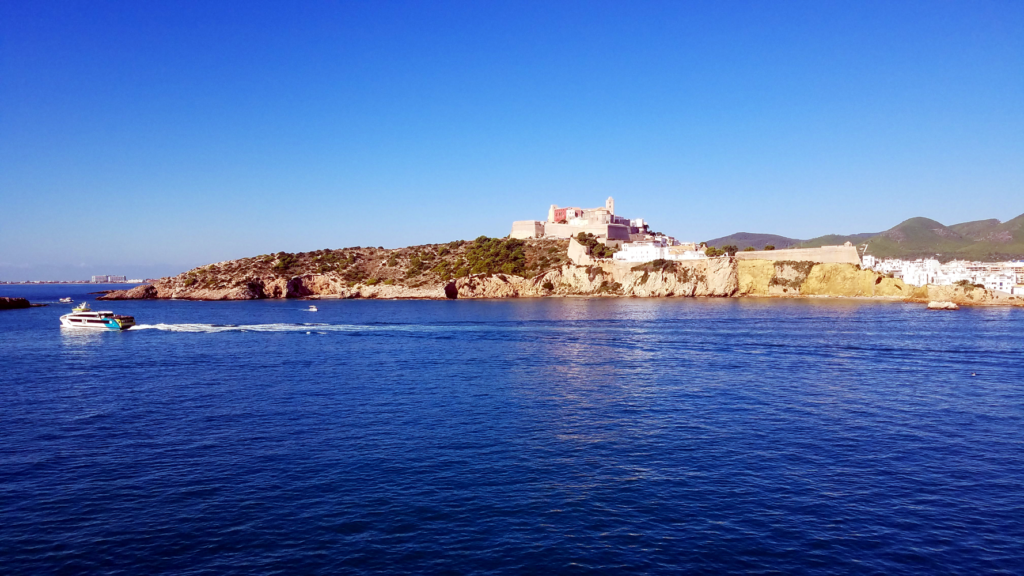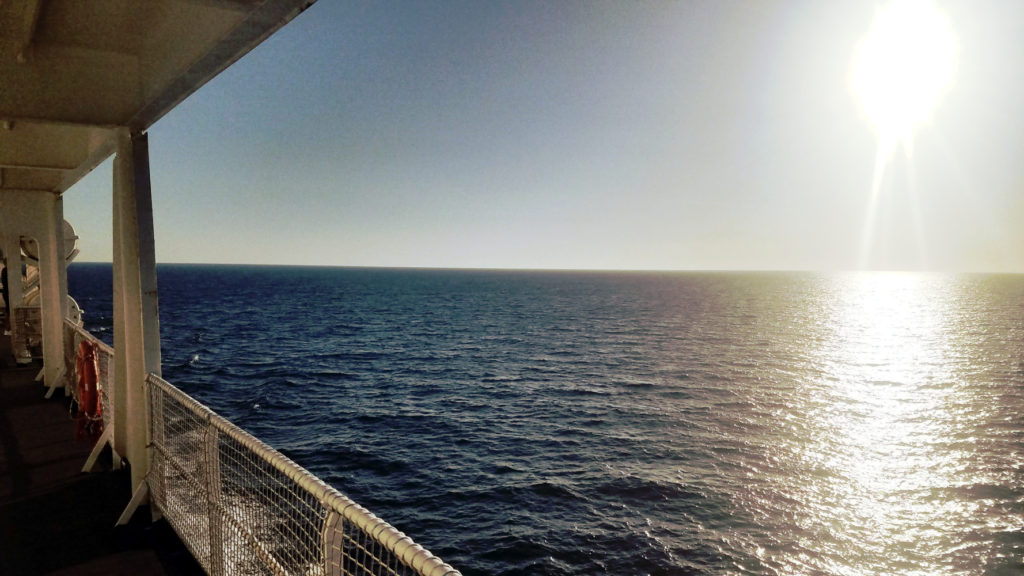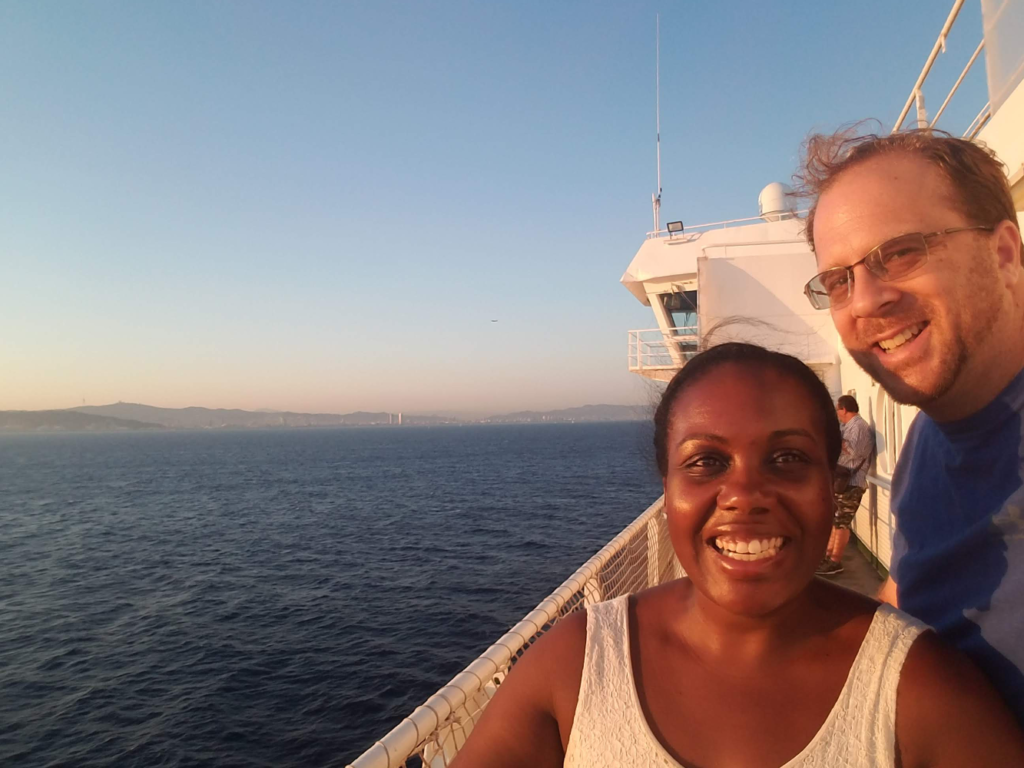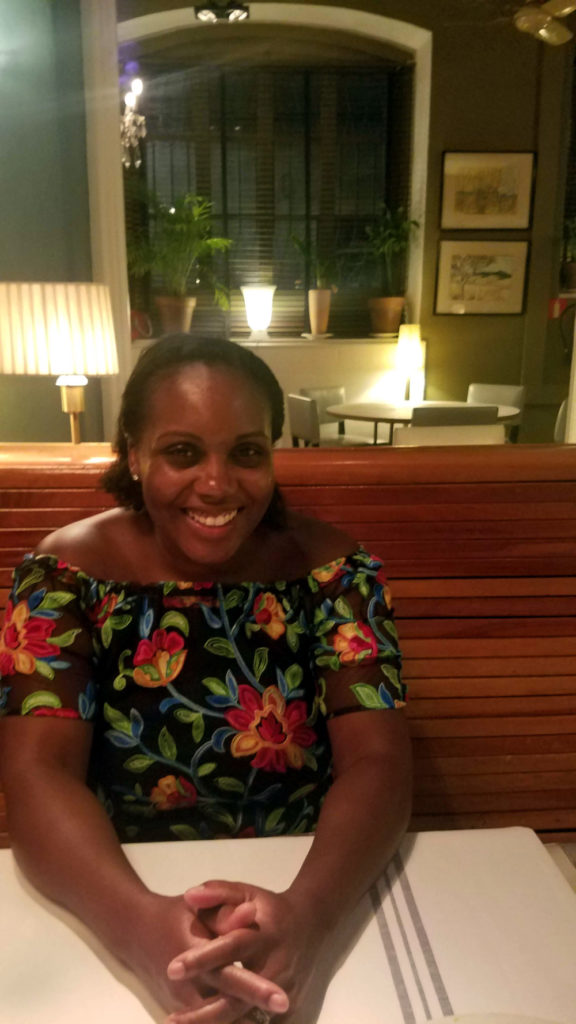Waking up this morning, it was really hard to believe that this was our last full day in Barcelona–and in Spain. There were literally hundreds of things we could have chose to do, but we decided to focus on one of the main attractions recommended by the Barmans from their visit the previous month: Sagrada Familia (“Church of the Holy Family”), the famous still-under-construction modernista cathedral just north of the center of town.
We took a casual approach that involved quite a bit of walking, all the way from our hotel (at least a couple of miles as the crow flies). It would give us a chance to see more of the city we’d be missing so much of otherwise. Brunch was a sizable and tasty meal at Cuines Santa Caterina, where we indulged in some outdoor cafe seating and did some people-watching while enjoying one of our last opportunities for fresh Mediterranean seafood.
Walking up the road a bit more, we passed through a sizable park headed by Barcelona’s version of l’Arc de Triomphe (get arch envy much, Spain?). There were also a variety of really neat, architectural lanterns (whose pictures we collected over the course of our trip).
When we finally made our way up past several large roundabouts and really interesting neighborhoods, it felt nice just to rest for a moment at the park in front of the cathedral and take it all in. It’s just as impressive in real life (maybe even a little bit more) as you might think–a really astonishing building of great majesty and character. When you look at old gothic churches and think “they don’t make them like they used to” (as I am wont to do), this building stands in particularly strong rebuke.
They had already sold out of tour tickets for that day (order yours today!), so we had to be satisfied with walking around the outside and admiring the building itself–which was still very much a treat and well-worth our time. As an engineer, it’s particularly interesting to try and 1) predict what the remaining steeples will look like; 2) how construction is proceeding; 3) where the hand-off between generations of architects has resulted in a conflict of visions and even mistakes in certain facades that had to be corrected dozens of years later; and 4) what work, exactly, might be remaining (the missing main steeples in the center are a big hint) and why, exactly, it might be taking so long when even New York was able to replace the World Trade Center in a dozen or so years. Certainly helps you appreciate the difficulty of the task at hand.
(Boy, is that a gorgeously-blue Catalonian sky or what?)
Notice the finished spires on the left-hand side? Walking around the building, we got the distinct impression that we were looking at Holy Chickens. No?
Exhausted from all our walking, we took the Metro back to the station nearest our hotel and enjoyed a long nap. We woke up to our last night in Barcelona, so after streaming live services from our home church of St. John’s in Orange (hey, the app came in handy!), we took a stroll to Santa Maria del Mar, an ancient cathedral (first conceived when years still had three digits… O_o) in our local neighborhood. (This cathedral is not to be confused with the official Cathedral de Barcelona, which was practically right next to our hotel). Santa Maria del Mar still has active services on Sunday evenings, but you could still peek in the main door and admire the church that inspired everything from Sagrada Familia itself to a new Netflix series (“Cathedral of the Sea”; haven’t watched it yet, I don’t know if it’s any good).
After walking around the cathedral, we headed to the cocktail bar Dr. Stravisky, recommended by some friends who had spent some significant time in Barcelona previously. It’s definitely a novel place; they take their mixology very seriously. The bar is deliberately opaque, with no obvious signage or even entrance door (you have to figure it out yourself…); even the interior is very speakeasy-like. It’s also decorated with a variety of back-lit chemistry sets, in case the substantial mixology references in the menu weren’t enough for you.
We continued walking around the neighborhood after getting a drink; it’s a delightfully walkable area with lots of options for eating, drinking, and shopping, even after dark. But the real gem would be a leather goods store that drew in Mercy like a moth to a flame. Multiple walls were covered in tasteful leather shoes of every color. Oh, did I mention there were also handbags? Someone was in heaven.
Don’t believe the scope? Check out a photo of the adjoining wall. It reminded me of a 1000-piece set of wearable Crayola crayons.
After that, we had to get some dinner. The obvious candidate was a Basque tapas place next door, Euskal Etxea. This place was unique, delicious, and very fun. It’s a great example of a particular style of tapas of growing popularity, where tasty morsels are served on bread with toothpicks for diners to choose from at the bar. The waiter then counts your toothpicks at the end of the evening to determine how much you will be charged–a little bit like the charge-by-dish-color approach at floating sushi restaurants, only this one came with more tiger mussels! We were excited to see them again, and got the recipe from the main waiter. There were a large number of other tasty dishes, too, from which we sampled as many as we could handle. (Note the standup bar in the background, and the large number of toothpicks on our plates!)
Here’s a more comprehensive shot of half the bar’s selection. So many flavors!
After this, we were stuffed. We walked back to the hotel, did a little pre-packing, and crashed in our bed.
